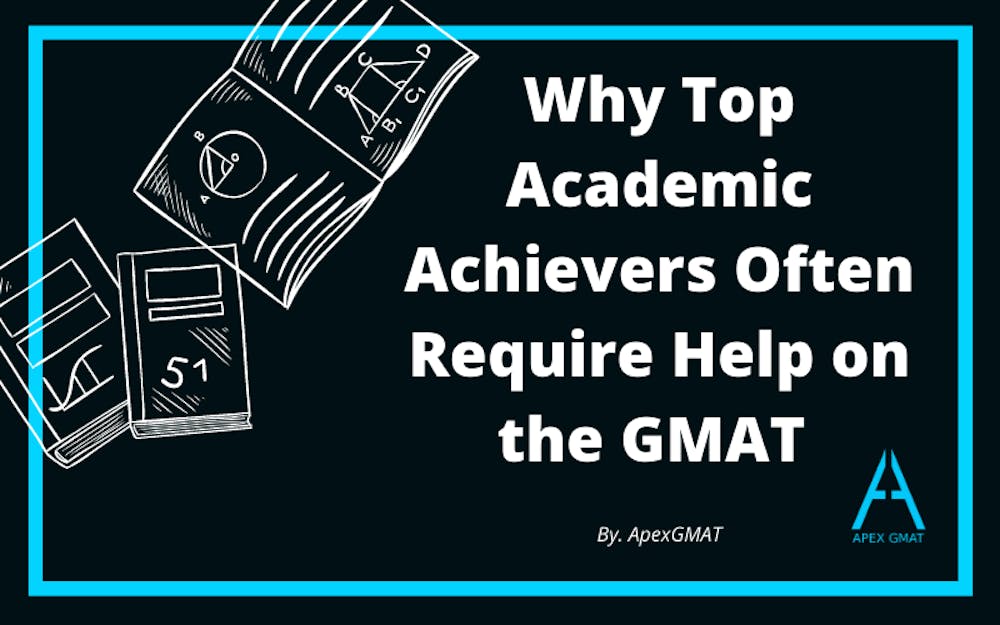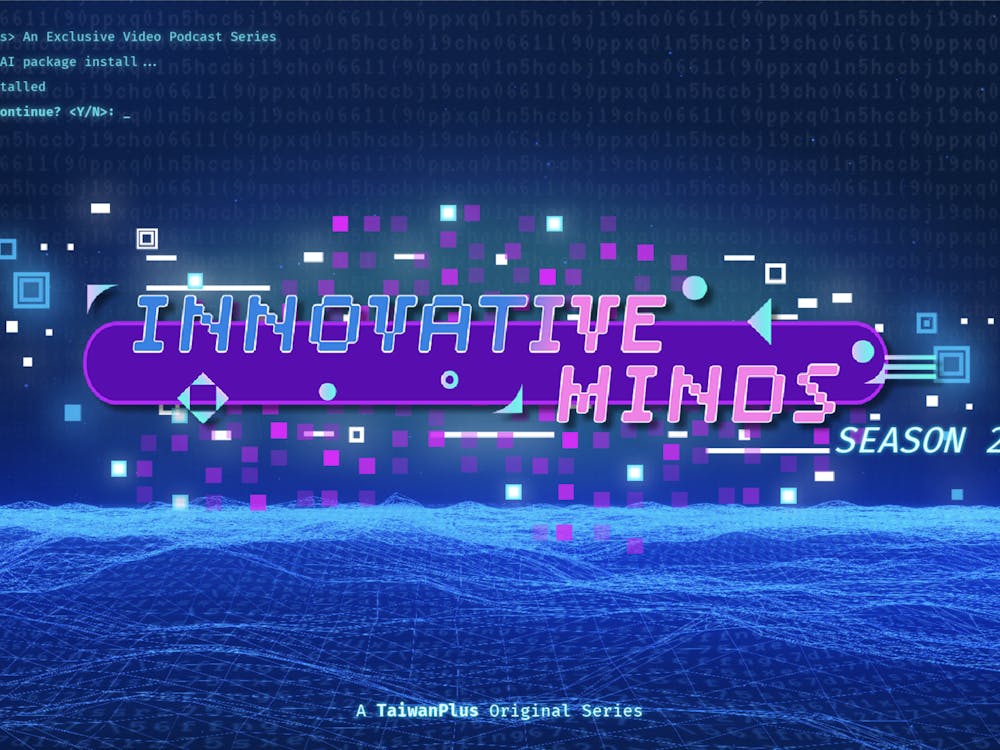This sponsored content article was created by ApexGMAT. The Daily Princetonian’s editorial staff was not involved in the production of this article.
For more information about ApexGMAT and to schedule a complimentary call with a 770+ GMAT instructor, please visit https://apexgmat.com/inquire-now-gmat-tutoring/.
******
Those who excel academically are often surprised by the challenges that the GMAT presents. This is especially the case when academic success has been consistent and has been the result of hard work. This is because the GMAT rewards a very different set of thinking skills than those that are rewarded in academia. As such, the GMAT often puts high achievers on their back foot.
Typical tokens of academic success: good grades, a high SAT score, even admission into Princeton, signal an ability to work competently within a defined framework. While intelligence and adaptability are certainly required for such success, the core is almost always set within a system of rules, lesson goals, or defined blocks of knowledge and as such can be considered reactive. One is rarely tasked with defining the problem and the best approach, only with reaching a correct solution through a largely prescriptive process. For example, in one’s entire schooling, one might never find themselves responsible for identifying whether a geometric or a statistical solution is better for a problem where both methods work. In fact, one is often blissfully unaware that there is an alternative solution.
A correct answer is all that matters - not what is quickest, easiest, most intuitive, or most flexible - we are trained in just one way of processing discrete problems within an academic setting. Even if one is fortunate enough to be exposed to a less structured environment and thrive, success is rarely framed in terms of nurturing specific thinking skills - it is rather attributed to talent or intuition and thus not cultivated in any traditional sense but treated as a happy accident. Ironically, the more raw talent one has, the less emphasis upon building thinking skills.
Why do you keep Plateauing?
A 700+ GMAT score is what is usually required to obtain admission to top MBA programs like Harvard, Stanford, Wharton, or Kellogg. Most people who do well on the GMAT (think 80th percentile and above) invariably hit a plateau somewhere in the upper 600s or low 700s. This is typically symptomatic of the strategies that have worked throughout one’s academic career being pushed to their maximum extent, whereafter they can actively work against further progress.

Following rules can only take you so far. To crack that 700, it is vital to understand that the GMAT isn’t a knowledge test. Rather, the GMAT rewards critical and creative thinking skills. While one must grasp high school level mathematics and have fluency in English in order to succeed on the exam, these are skills that every good student is assumed to have.
The GMAT uses this baseline of core knowledge to test one’s ability to think creatively, deal with uncertainty and apply abstract principles in novel ways. Further, the GMAT examines the ability to operate under a strict time constraint - less than two minutes per question. Thus, it is key to not only find the correct answer, but to also have done so in an efficient manner. Often this means addressing the problem to the appropriate level of depth and selecting the correct answer choice rather than necessarily solving the problem itself.
Finally, the GMAT is an adaptive test, which means it modulates the difficulty of problems to ascertain one’s skill level. This means that one will, by definition, eventually encounter problems that one is not immediately able to solve. This is where the real challenge on the GMAT begins: how to embrace the uncertainty and come up with creative solutions on the spot within a time constraint.
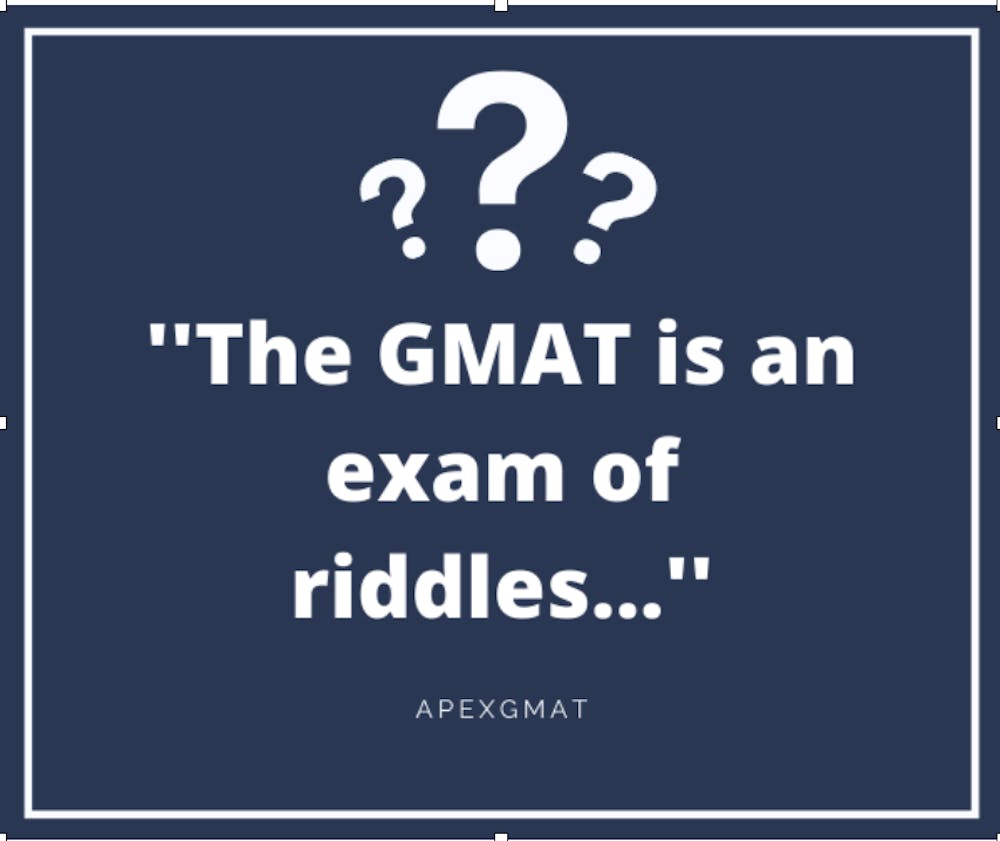

One more admonition - the GMAT is likely the most challenging exam you will ever take. Recall that nearly everyone who is college bound takes either the SAT or ACT. Those that take on the GMAT are a smaller and much more highly skilled cohort, self-selected from the most ambitious professionals in competitive industries like finance, banking and consulting. The GMAT successfully differentiates among those who have already proven successful in both academia and in the professional world.
This is why traditional study methods offer diminishing returns on the GMAT. The test does not seek to establish if you have domain specific knowledge - after an MBA you may work in finance, technology, consulting or a charity and serve in any number of functions. The GMAT instead tests an overarching meta-skill process - identifying the correct problem to solve, selecting an efficient solution path, and applying it in a timely and effective manner. You’re no longer taking just an algebra test or just a geometry test. You are in a ‘Here’s some crazy math or logical argument that looks familiar but is more challenging than it seems… now see what you can do with it’ kind of test.
Where the engineer fails
You may be surprised to find that many people with engineering and quantitative backgrounds struggle with the GMAT. This is because the GMAT is not concerned with precise answers or taking an equation to its logical conclusion. Instead, it’s focus is the logical reasoning surrounding a correct answer. It rewards the type of thinking that says ”I think the answer should be… odd; divisible by 7; about penguins eating too much fish; ‘that caused’ and not ‘which caused’”.
Most challenging GMAT problems are solved at the intersection between distinct tranches of knowledge, say solving an algebraic problem using geometric logic. So one can think about the GMAT more as an exam of riddles than an exam of knowledge.
We have a saying here at Apex - “if you're doing math, you're doing something wrong”. This means that - if you’re doing a lot of processing - you’re missing the larger point of the problem. The GMAT rewards coloring outside of the lines.
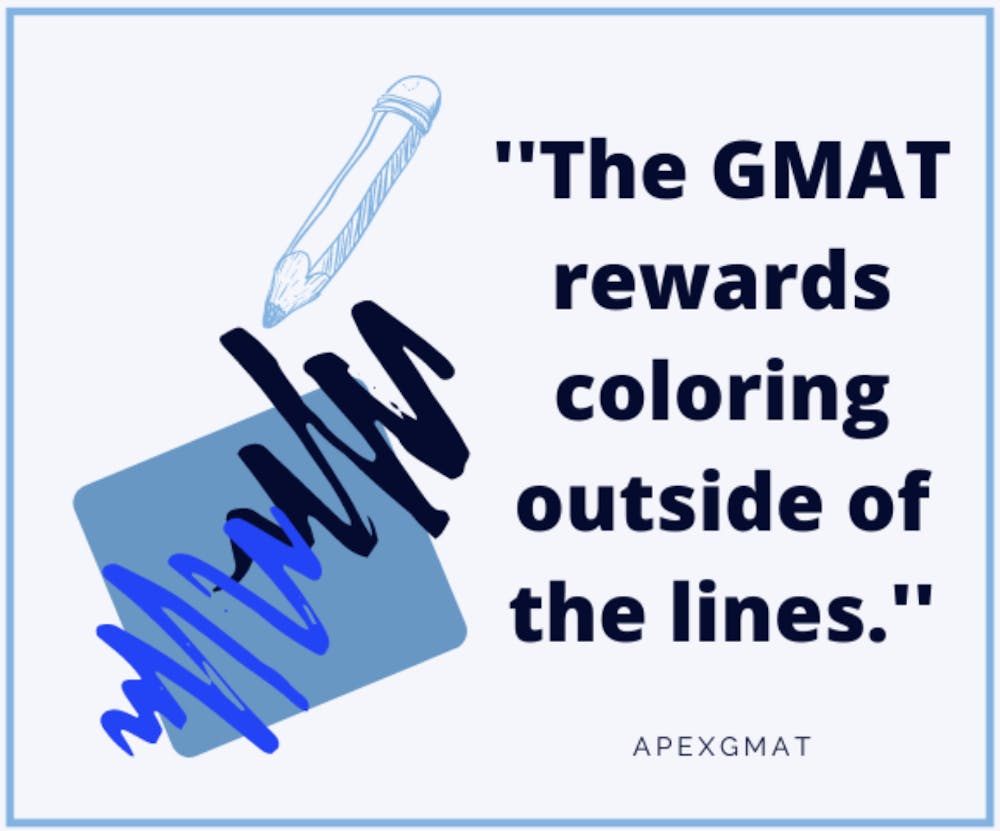
You might think: “yes, well, I’m sitting here at Princeton and very much able to succeed academically and color outside of the lines”. But you may not be aware how significantly your 12-16 years of academic training has molded your ability to truly think creatively. In fact, you have most likely spent years being rewarded specifically for your ability to fit into someone else’s concept of ‘correct’.
Where the 12-year-old succeeds
Another great irony is that the GMAT rewards many of day-to-day skills that we use outside of domain specific math and English classes. Very often the 12-year-old version of you would be better at the GMAT than the 25-year-old version of you. Your younger self has the same overall intellect but is not burdened by the weight of quite so much formal education.
Many of the successful strategies utilized on the GMAT are similar to day-to-day reasoning. When you are trying to figure out the best price between cases and quarter-barrels, or whether it is safe to cross Nassau Street, you are utilizing patterns of recognition, estimation, other heuristics as well as deeper modelling skills that help you frame the reality in front of you. Very often we feel compelled to use the ‘correct way’ to solve a problem because it’s been drilled into us that the other methods are somehow lacking precision, rather than the one that is most intuitive and efficient.
What this means to a Princetonian
If you’re reading this, you likely have an intuitive mind - no one gets into Princeton without one. The impediment to scoring a 700 or greater on the GMAT is not an intellectual one. It is psychological, emotional, and behavioral. Success will be determined by flexibility, openness, and temerity.
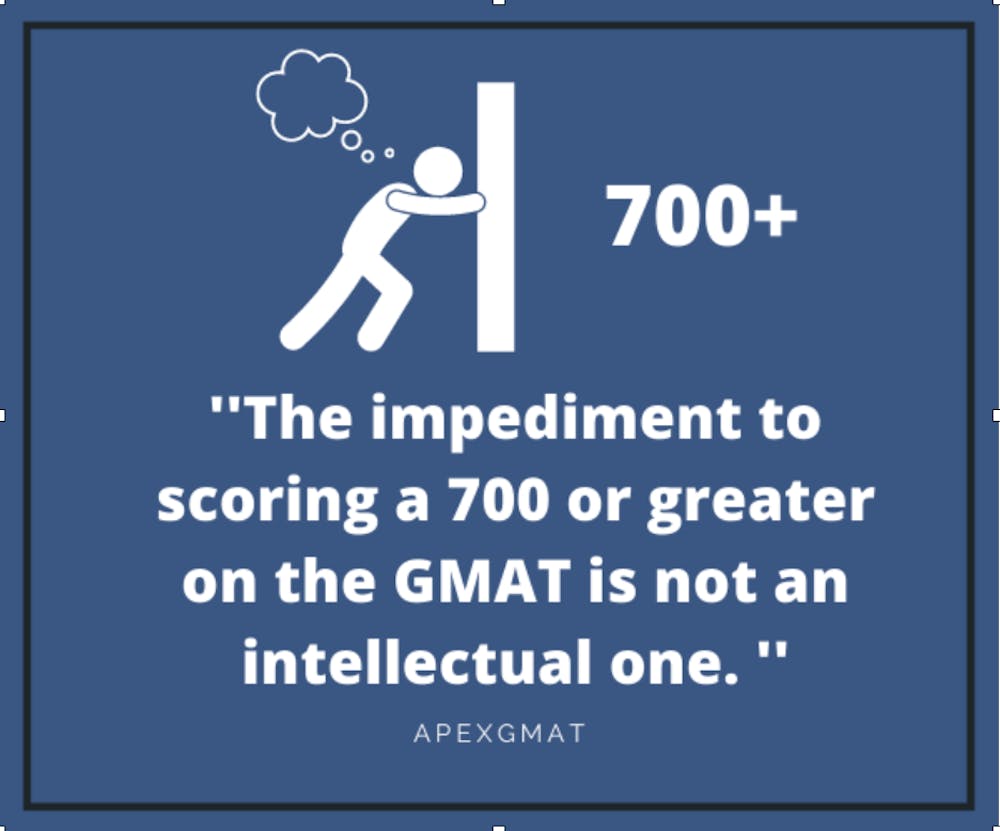
You’ve drilled, you’ve practiced, but you’ve likely never learned to forget, to give your mind and intuition free reign while at the same time directing and controlling it, like a mutant with a superpower. The task before you is dehabituating those default solving mechanisms that have served you so well for so long - they seem safe, reliable, and often the only way.
What one must do to succeed - on the GMAT, in the workforce, and in life - is tear down the barriers between specific lanes of knowledge, take domain specific understanding and let it loose where it doesn’t belong, and ultimately be comfortable and confident in doing so. At that point, the GMAT will have been the most challenging thing you’ve ever done - the more difficult and complex problems of your future life will be diminished in challenge by your ability to create new toolkits, heuristics, and mental models without external provocation.





